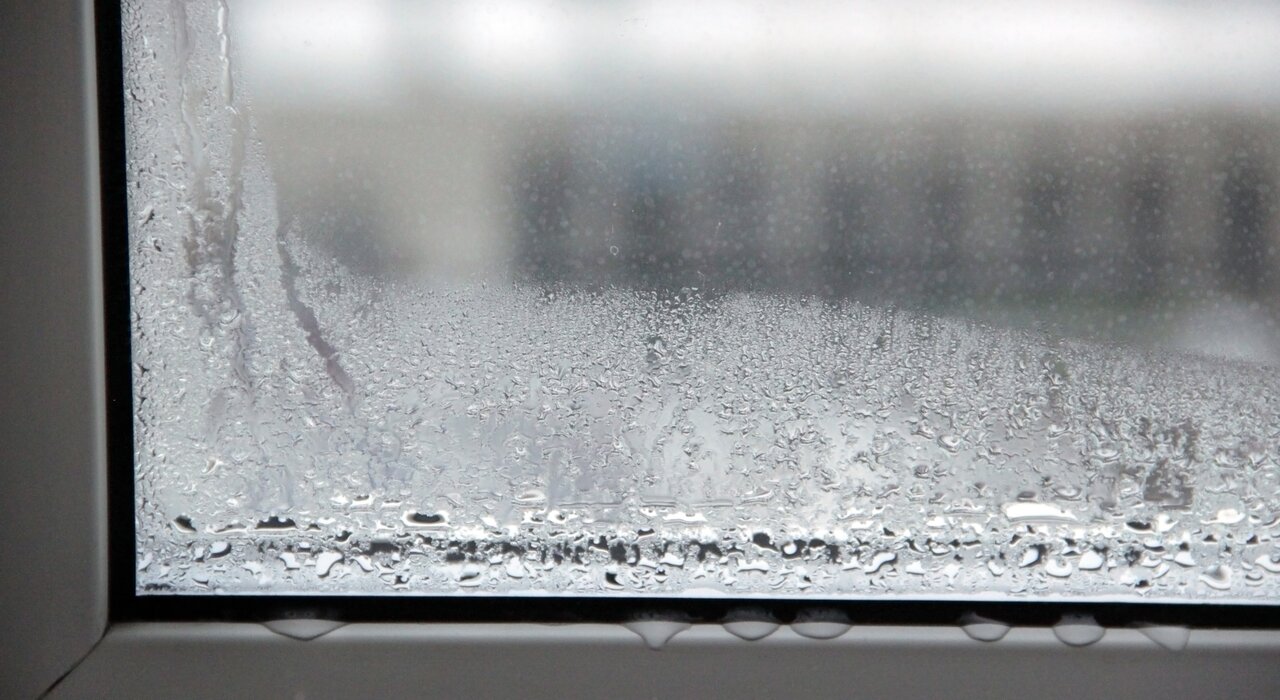
Part of your external wall insulation aftercare and maintenance includes taking actions to reduce excessive condensation within the home - we thought we’d cover that today.
We often discuss how water and condensation are detrimental to external wall insulation systems and how breathable materials can help reduce the risks of these issues—you can read this blog for more information about it. However, while EWI is a great preventative measure against moisture entering your home, you do need to take steps to ensure that your home is well-ventilated and condensation-free internally. Avoiding condensation can be easier than you think!
1. Ventilation strategy
With a good external wall insulation installation comes a good ventilation strategy. Any decent installer should be able to recognise where you will need ventilation and where your walls have too high a moisture content for you to safely install EWI. Vents are designed to ensure that your home is ventilated in a controlled way. For example, roof vents, trickle vents, and foundation vents can reduce condensation build-up.
2. Warmer walls (insulation)
External wall insulation should help prevent condensation by retaining the heat in your walls. This slows down heat transfer. This means that when warm, humid indoor air hits your walls, it won’t turn into condensation because the temperature difference will be significantly reduced. The key with insulation is that thermal bridges must be minimised as much as possible. Where there are gaps in the insulation, condensation can gather and cause problems. Insulating walls should be combined with proper ventilation to manage moisture levels inside the home. Vapour barriers installed alongside insulation prevent moisture from passing through the insulation and reaching colder surfaces where it could condense.
3. Open windows post-shower or cooking
Excessive condensation and humidity are created after hot water has been used in the home. Ever noticed how steamy your bathroom gets after you’ve had a nice long shower, or how your kitchen windows mist up when you’re cooking lots of different foods on different hobs simultaneously?
Opening a five-minute window can provide enough of an escape route for the steam. When airing a room like this, it’s best to keep the door closed with the window open to prevent too much heat loss from other parts of the house. This also stops the humid air from moving into colder rooms and then turning to condensation there.
4. Extractor fans
Another key part of ventilation. These are great in bathrooms (especially if you don’t have a window) and kitchens as a means of extracting water vapour from the air and reducing the necessity of opening windows and potentially losing heat from the inside.
5. Dehumidifier
If your home is particularly prone to damp and mould, then a dehumidifier could be the best option as a preventative measure to avoid condensation. It’s always better to be safe than sorry - moisture is particularly detrimental to EWI. Another thing you also might want to consider is that damp can often occur on the back walls of built-in wardrobes. A hanging wardrobe dehumidifier could be effective.
6. Double glazing
When you install EWI, it’s always best to install any new windows before the installation. With that in mind, it is inefficient single-glazed windows with more of the same. Single-glazed windows won’t retain heat, so the actual glass will be cold. Therefore, when the warm air from inside hits the cold glass - boom! Condensation. Double glazing can fix this issue because there is a pocket of air between the two panes of glass, which slows down heat transfer and, therefore, avoids condensation.
7. A good DPC
As we mentioned, any professional EWI installer can check for rising damp and that your DPC (damp proof course) is in good working order before installation. Some people don’t even have DPC’s, and in this instance you may want to consider a chemical DPC to avoid rising damp, such as Dryzone Damp-Proofing Cream.
8. Avoid drying clothes indoors
Wet clothes in a warm room equals evaporation and condensation. Enough said. But, if you need to dry your clothes indoors, use an airing cupboard. Alternatively, turn one of the rooms in your house into a temporary laundry drying room. Simply switch the heating off in that room, open a window slightly and keep the door closed. It will be worth it in the long run when you avoid condensation and reduce your chances of damp.
9. Leave a gap between your furniture and walls
Mould often starts growing in warm, dark places, such as behind large pieces of furniture. To prevent this and to allow for air circulation behind your furniture, you should leave an inch or so of space between the wall and the furniture. This should allow the walls to breathe and prevent dampness.
10. Maintain ambient temperature in your home
With external wall insulation, the rate of heat loss from within your home is slowed down significantly. However, this is not to say that you shouldn’t have a regular heating pattern so that your home runs at a comfortable temperature and internal condensation is reduced. You can use your thermostat to set it to a specified temperature. Alternatively, you can set up a timer for your heating.
These are our top tips for avoiding condensation in your home! We hope this was helpful. If you have any questions, leave a comment below or call us.
